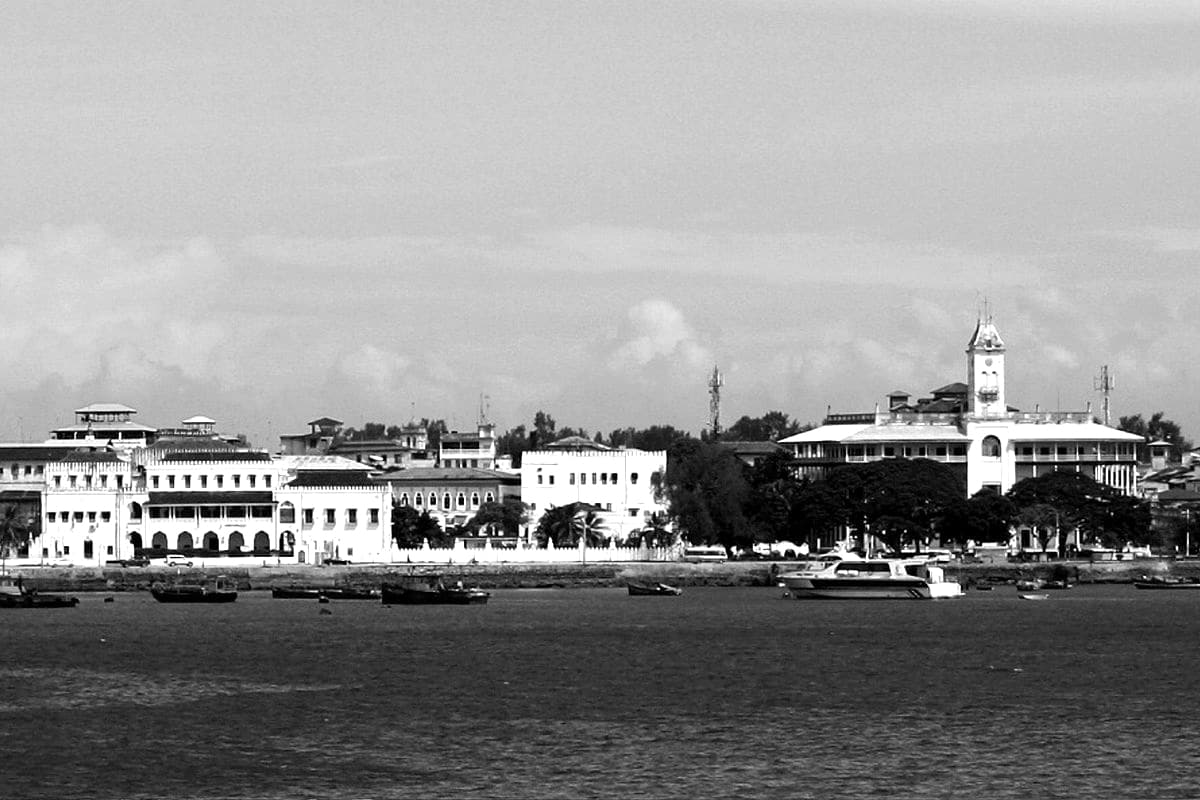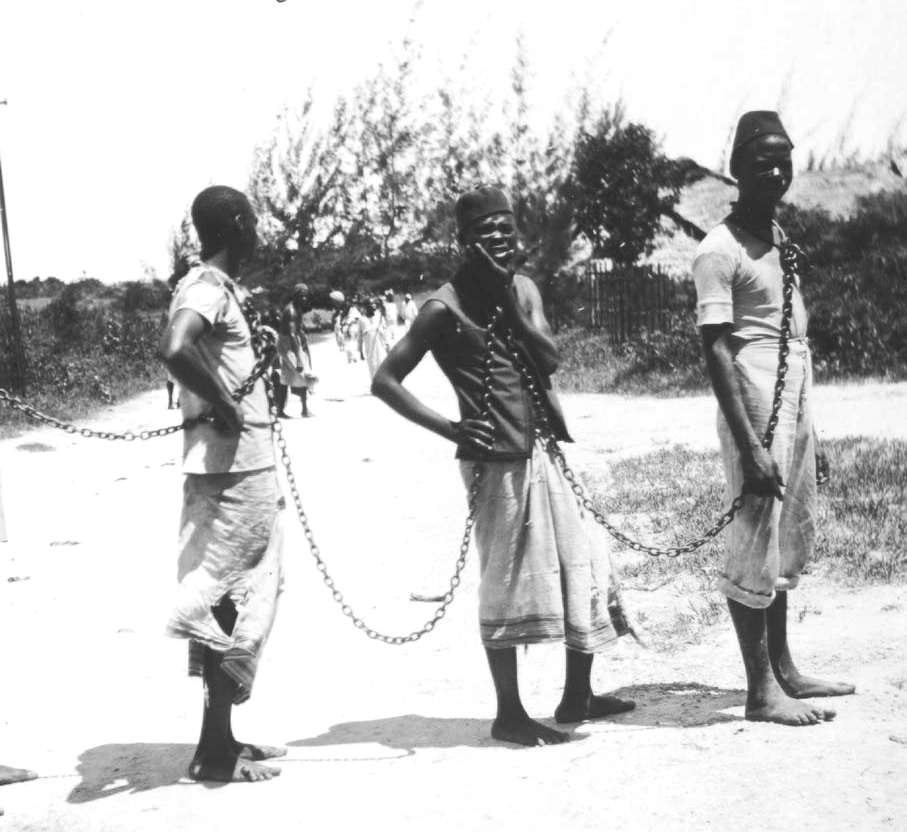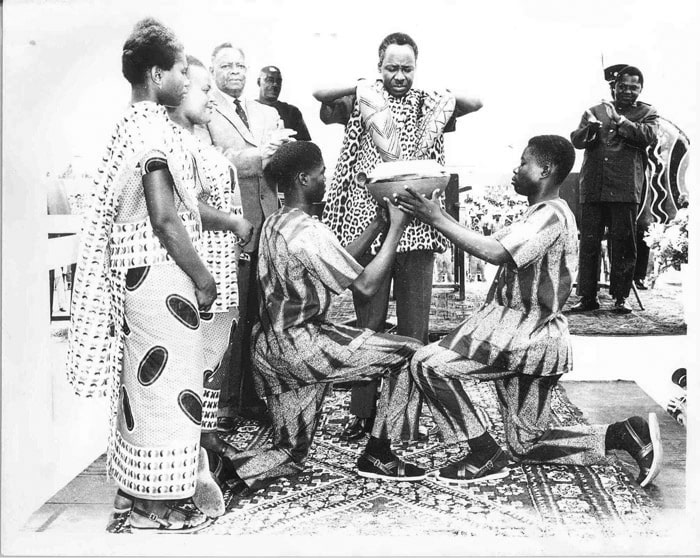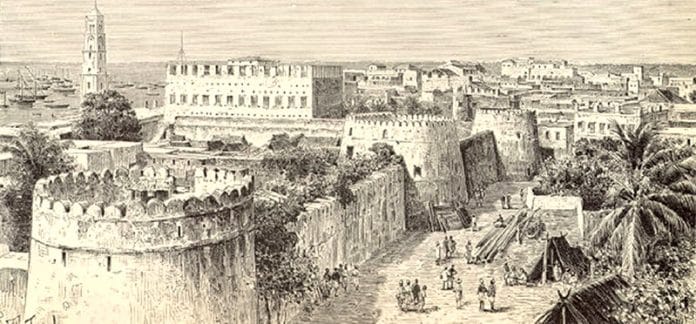Reconstruction of the Past Events: The Destruction of the History and Revolution of Zanzibar in 1964
“History is subversive. And it is because it is actually subversive of the existing system
that there have been attempts to arrest it. But how can one arrest the wheels of history?
So they try to rewrite history, make up official history […] then maybe they and the
people will not hear the real call of history, will not hear the real lesson of history.”
– Ngugi Wa Thiong’o.
UNESCO’s Part in Misrepresentation of History
UNESCO designated the Zanzibar City of Stone Town as a World Heritage Site in 2000, the Tanzanian government provided a history of the islands of Zanzibar especially in the tourism industry. Island tourism has grown exponentially since Zanzibar opened up to foreigners in the mid-1990s, and UNESCO’s nominations seemed to have been a great success for Tanzanian historians and archaeologists who were the major influencers of this nomination. Reports and documents were published, the municipal government posted drawings and

advertisements describing the lavish houses and buildings of the merchants of the Old City (Stonetown) in all areas and street advertisements, the country’s most expensive museum opened within a nineteenth-century clinic that in the past was a symbol of the decay and poverty of the city. The history of Zanzibar was received internationally with greater enthusiasm than ever before, and the level of influence in the islands reached a high point in the circles of education and popular history. The slave trade was the epitome of Zanzibar, the extreme wealth of pre-colonial sultans and photographs of costumes worn by the British who propagated colonial politics in cricket grounds and forums all these amplified public opinions, and the people who controlled the tourist trade took advantage of that fancy image. The history of Zanzibar was quickly packaged, along side a hotel room and lavish seafood buffet.
However, UNESCO and commercial tourists who benefited from this area which has been approved as a world heritage site failed to show some of the vital parts and events of Zanzibar’s history. None of the towers and landmarks in Zanzibar mention anything about the 1964 Zanzibar Revolution which is a memorial to which thousands of people were killed, the Sultan overthrow and the birth of what is known as Tanzania today. In the committee responsible for managing the sites that have been designated as world heritage, many documents relating to the history of Zanzibar, the revolution is mentioned in one sentence and the year 1964 was once referred because of changes that happened in construction within that year. These construction codes were updates due to the fact the entire legal system was rewritten by the new revolutionary government, but this was also not mentioned. The reconstruction of the past revolution from its official version was complete, leaving a huge gap between the history of the islands during the colonial era to this day. Just taking a stroll around Stonetown suggests that there are things that have been left out. Why is part of the city called “East Berlin”? why are there so many drawings of opposition in some neighborhoods? And why are there nurses in municipal hospitals who are Chinese?
Historians find it difficult to describe the Zanzibar Revolution of 1964 in the description of any relevant form of Tanzanian history, even when the reconstruction of the past is done for tourism was not part of their goal. The type of damage of history by the UNESCO is one of the many ways in which the 1964 Revolution has been represented. Other histories of Tanzania completely ignored Zanzibar and made it a country with a completely different history. This idea is sustainable based on the fact that, although still one country, Zanzibar and mainland Tanzania today operate independently. They have different internal policies, different laws and different immigration authorities / governments. In a constitutional order mimicked from that of on Northern Ireland’s confederation with Britain, they cooperate with foreign offices, tax code and their armies. Despite being relatively independent, they are united by one nationality (Tanzania) and the national language (Kiswahili). In other words, there has been a breakdown in the history of trade in peace and political interaction among peace activists. Given the fact that Tanzania has never experienced a military coup that has been successful since independence, and has not started a war with any country, this is something to be proud of for most Tanzanians. The 1964 revolution needed to be explained in order for history to make sense, and many historians have tried to do so. They created the story as a short-lived event that was slightly different, which involved fighting against a violent foreign government, or as a conflict perpetrated by foreigners (like the Chinese, Americans or Russians).
Racial Identity and Citizenship Matters
The notions of racial identity and citizenship are among the topics discussed in Zanzibar politics and should be questioned. Words like “Arab,”

“African,” “from the mainland,” and “Zanzibari,” are widely used here, but none of them have been widely accepted. Nationalism and ideas about nationalism continue to be talked about through complex social relationships, and cannot be separated from those relationships. Furthermore, North America’s views on nationalism cannot be easily portrayed in Tanzania. While many of the sources mentioned here use the terms “Arabs” and “Africans” to refer to physical appearance, which does not make sense enough. Words like these serve as indicators of lineal descent from ancestors, regional identity, and identification of identification of classes that cannot be placed in just one group of physical differences. Nadra Osman Hashim argues that the real problem is that Zanzibar society is not racist, but economic and linguistic issues are the roots of the problems. It is a fact that speaking Kiswahili with a “Bantu” accent to be able to read Arabic, and having access to economic resources opportunities all determine nationality to a greater extent than physical differences. However, in spite of the true nature of nationalism in the history of Zanzibar, the adopted words are “Arabs” and “Africans,” rather than many others that do not have a very sharp edge.
Because many Zanzibar historians eloquently described the history of the islands using national language and racism, this language deserves to be explored. Not all sources used recognize the process of identifying Arabs and Africans as Zanzibaries and many of them regard this as a legacy rather than a manufactured material. When a source says, for example, a person was killed because he was an Arab, this should be taken seriously and not despised and abandoned because they are “colonial” words or inappropriate ideas. It should also be noted that “Arabic” it can mean many things, it is the only type that relates to observable characteristics of individuals. While words like “Arab” and “African” are debatable, they are words that many sources in Zanzibar’s history use, which are also used in this article.
This article is not intended to provide a race history of Zanzibar, nor does it attempt to provide an authoritative opinion on the history of Zanzibar. Instead, it will try to do two things. It will first link the 1964 revolution, all violence and fighting with Nyerere‘s idea of Tanzanian citizenship which continued in the years following the union. The concept of citizenship to have no racial biasness, no ethnic divisions, non-

regional discrimination and unity through the Kiswahili language is always associated to Nyerere’s personal goals and views. While, Nyerere was a key player in the process, the force of his wishes was not enough to explain why the United Republic of Tanzania came to be seen as such. This article has examined the role of the 1964 Revolution and the memory left in defining and reconciling the nation of Tanzania. Second, it will tell the story of the 1964 Revolution that is inseparable from the history of mainland Tanzania. Although the revolution was not expected by almost everyone, this did not mean that what happened in history was fabricated from the air. The revolution should be described in terms of what happened before it – and not an invasion / interference by the US or USSR, or as an unrelated example of racism or tribal warfare, as has often been described as.
Objectives of this Article
Today’s Tanzania is unique for many reasons. It is the only African country to use the African language as the official language and national language, and one of the African countries still under the control of a political party that began from the day the country got its independence. It is also unique, with the exception of Cameroon, because it is one of the most important countries in the Pan-African movement that exists to this day. The other countries and communities established in the Pan-African Union – the Mali Federation, the East African Community, the United Arab Emirates – all collapsed shortly after its establishment. The union of Zanzibar and Tanganyika following the 1964 Revolution still exists today. A good question, which is beyond the scope of this argument but should be kept in mind, is why it is so. Part of the answer lies in the nature of the revolution itself, and in the complex relations that defined the political life of Zanzibar before and after the revolution. This does not mean that there is a direct link between the 1964 Revolution and the way Tanzania is today. The revolution was a tool to formulate ideas about what it means to be a Tanzanian, but it should be noted that the identity of Tanzanians was created through a process of various dialogue, and the revolution was not the only factor that provided information. It is true that most Tanzanians on the mainland have never been to Zanzibar and most of them have not thought about Zanzibar at all, they have heard of Zanzibar in primary schools in most cases.
Last but not the least, the revolution led to many social and political movements in the early post-colonial period of Tanzania and made the country what it is today, a situation that had many causes (explore the article “Dark Age Years in Zanzibar Islands (1964-1975)” to get a deeper understanding of the many events that happened during the Zanzibar Revolution). Discussions on Tanzanian citizenship, how Tanzania’s language policy should be viewed, how the country is forced to keep foreign relations, and the other factors that led to the 1964 Revolution. This integration was ignored in the past. Historical sponsorship was often the scene of such discussions, and scholarly discussions were a process by which the memory of the revolution was able to bring about a change in society. It is also important to look at a map of the area of revolutionary history to show the connection caused between the memory of the revolution and the political situation. This must be a selective process; there is a large community of Tanzanian literature on revolution in Kiswahili, English and Arabic. But the objectives of the argument in this article focuses on Kiswahili and English sources, especially the traditional ones that have been overlooked. The Kiswahili teaching materials used in public schools in Tanzania, the textbooks of the revolution of the people of Zanzibar abroad, and the official Kiswahili histories of the revolution need to be re-emphasized when recounting how this history was developed. These are sources that were often overlooked as reasons for favoritism, segregation, or propaganda. This may be true, but it shows to a large extent how Tanzania was built and represented the 1964 Revolution for public reading by Tanzanians.
The tendency to see the mainland and the islands as two separate entities operating independently is problematic, and perhaps represents a historic sponsorship character for Africa to take the borders more literally than required. Although Zanzibar and mainland Tanzania operate with great independence, this obscures the fact that modern ideas about what Tanzania is exactly stemmed from discussions about interdependence.
if you would like to find more articles about The People Republic of Zanzibar, click here!

































